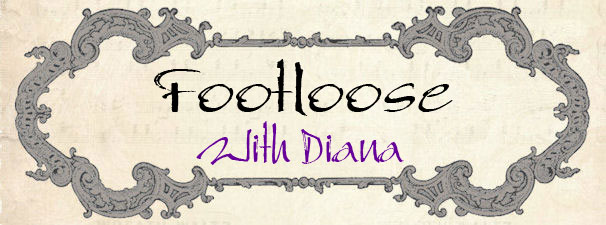The Arrialos carpet center has a beautiful collection of rugs and other items of town history:

Half the cork in the world comes from the Alentajo - over 300,000 tons per year. Cork forests cover about 8% of Portugal's land. Cork-farming is a labor-intensive industry and not for the impatient, since a cork oak grows slowly, taking about 25 years to grow to a size where the first crop can be harvested, and then the tree cannot have its bark removed again for another 8-10 years. Along the trunk and sometimes along large branches, two vertical slits are made through the bark, each opposite the other, and the bark slowly peeled away from the tree. You can see the curve of the bark sections in the piles and bales below:
Besides wine corks, you can make pretty much anything out of cork, wallets, shoes, coasters, plant pots, etc., as evidenced by this cork dress, complete with cork lace:
For some reason, I was unprepared to find standing stone circles in Portugal, but Cromeleque dos Almendres is a pretty dramatic one. The largest megalithic enclosure on the Iberian Peninsula, it has about a hundred 7000-year-old monoliths in an oval plan:
Many of the menhirs have engravings so worn by time that they are difficult to make out.

Half the cork in the world comes from the Alentajo - over 300,000 tons per year. Cork forests cover about 8% of Portugal's land. Cork-farming is a labor-intensive industry and not for the impatient, since a cork oak grows slowly, taking about 25 years to grow to a size where the first crop can be harvested, and then the tree cannot have its bark removed again for another 8-10 years. Along the trunk and sometimes along large branches, two vertical slits are made through the bark, each opposite the other, and the bark slowly peeled away from the tree. You can see the curve of the bark sections in the piles and bales below:
Cork is steamed in deep vats to clean it and make it easier to shape.
For some reason, I was unprepared to find standing stone circles in Portugal, but Cromeleque dos Almendres is a pretty dramatic one. The largest megalithic enclosure on the Iberian Peninsula, it has about a hundred 7000-year-old monoliths in an oval plan:
Many of the menhirs have engravings so worn by time that they are difficult to make out.


















No comments:
Post a Comment